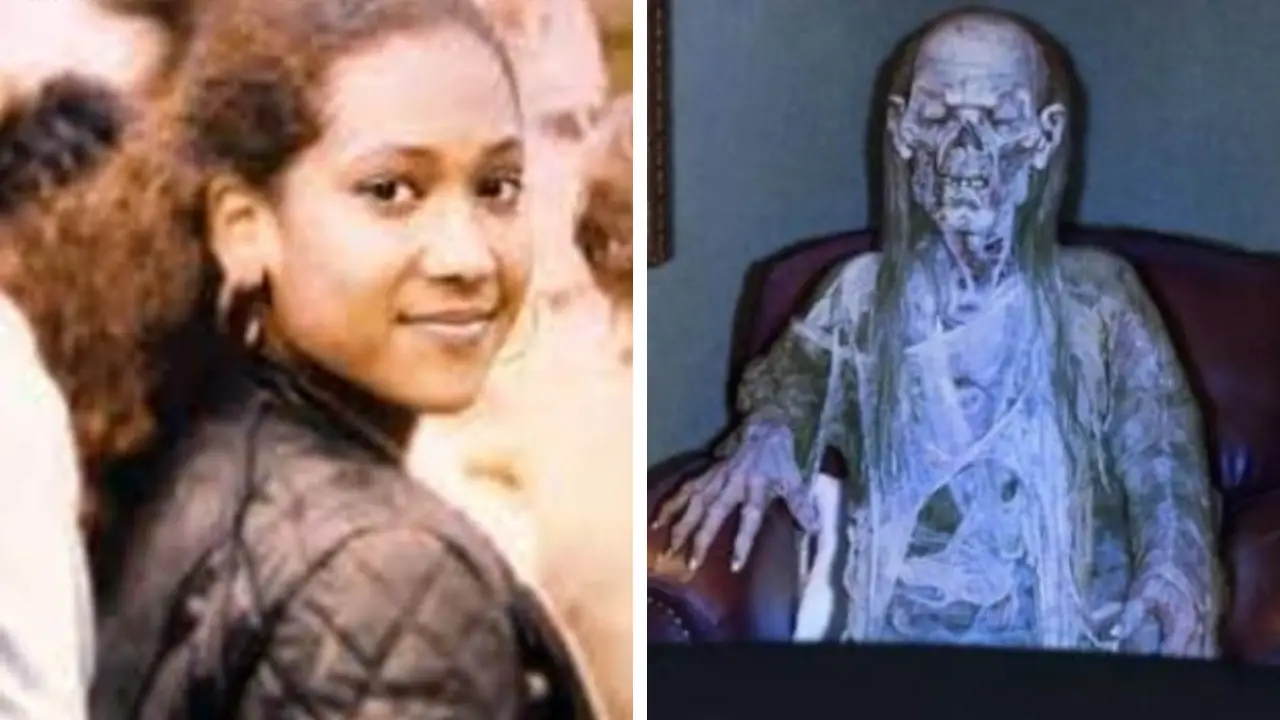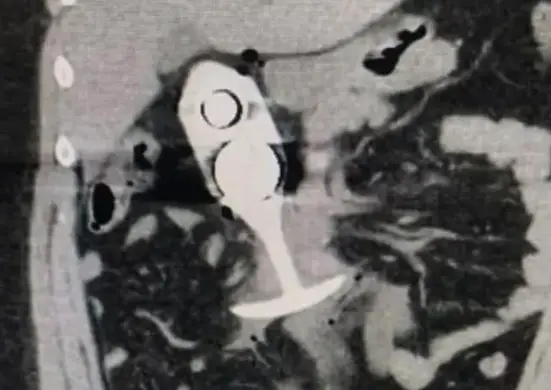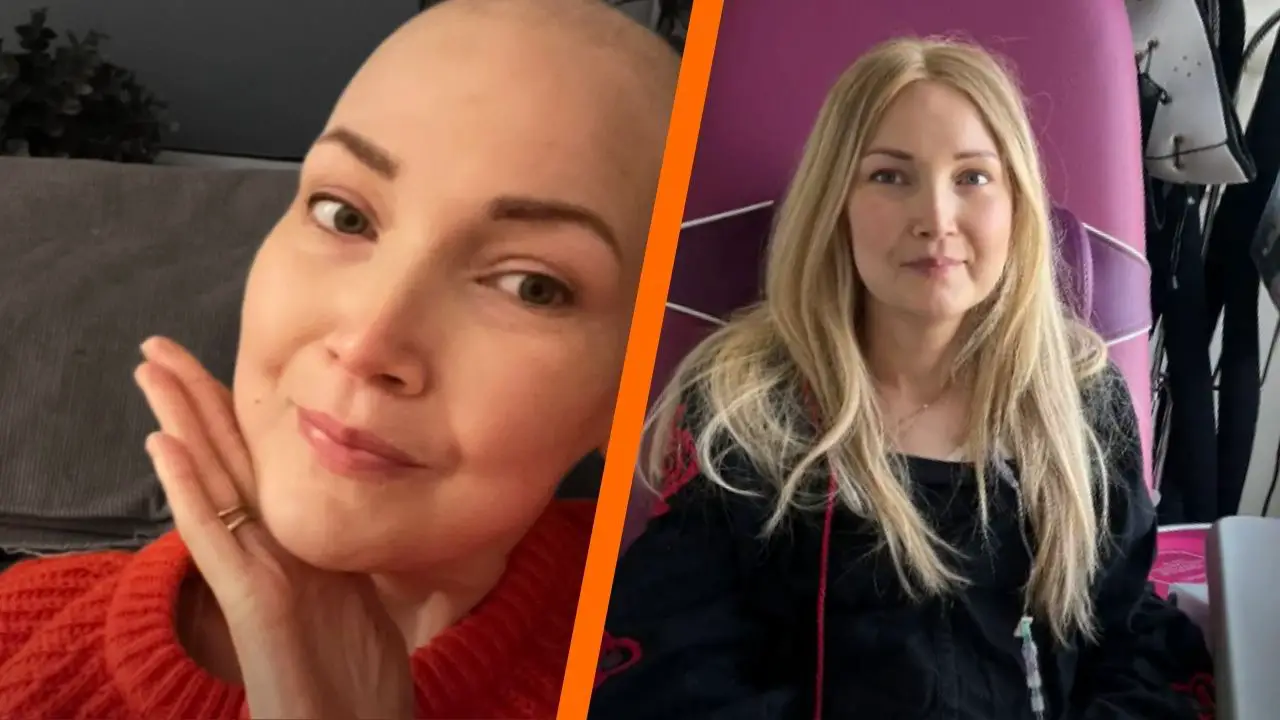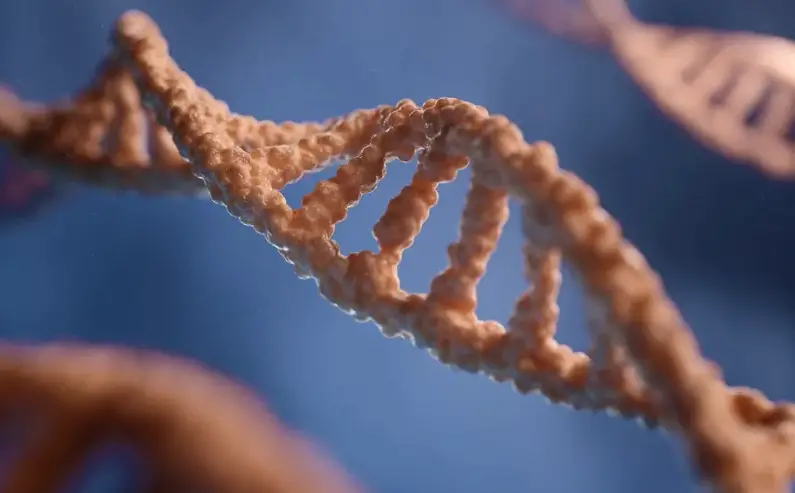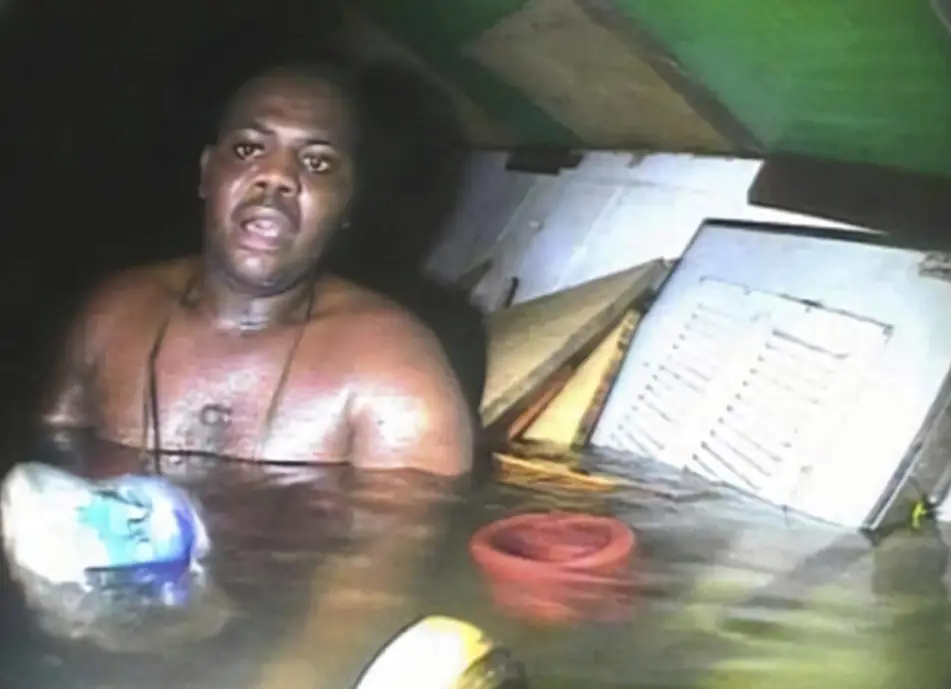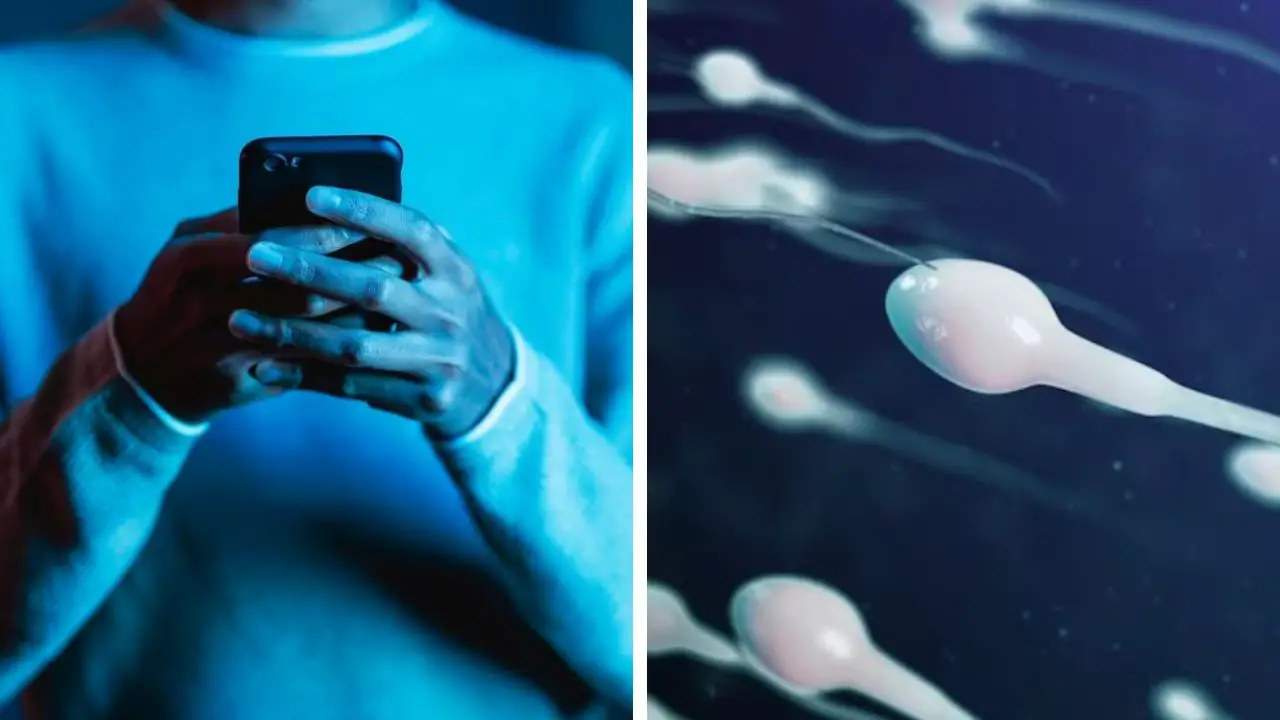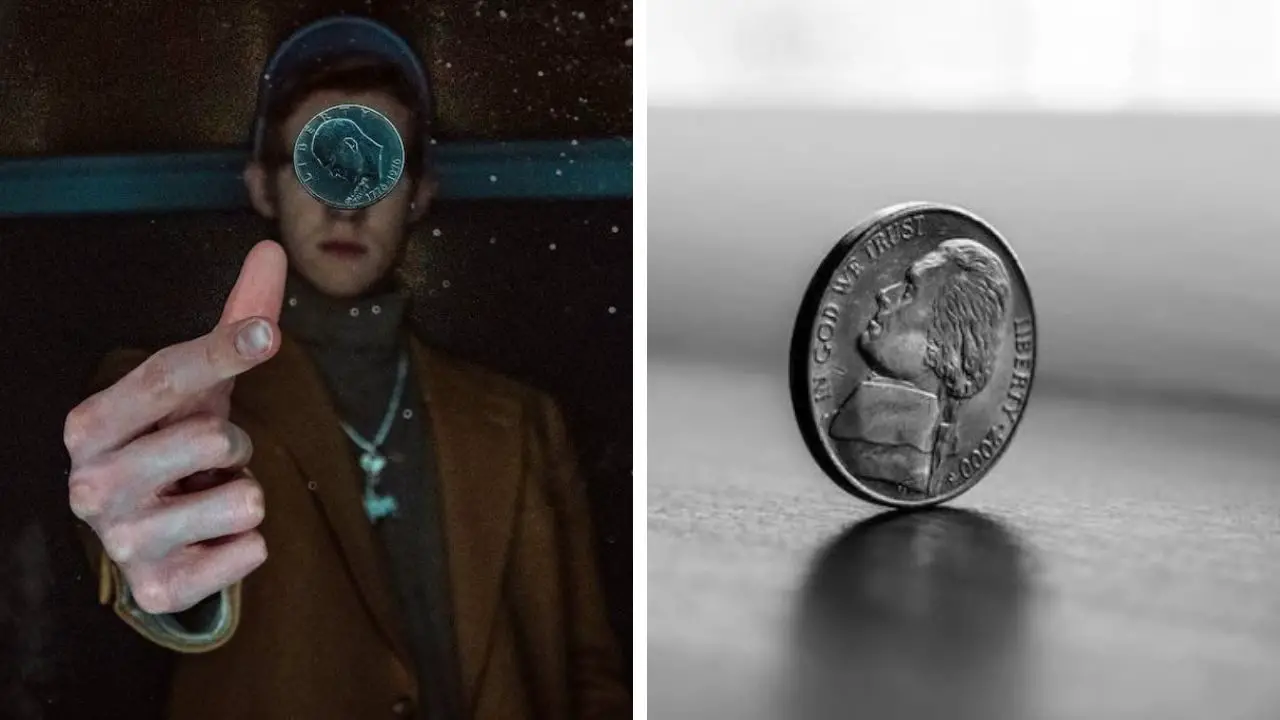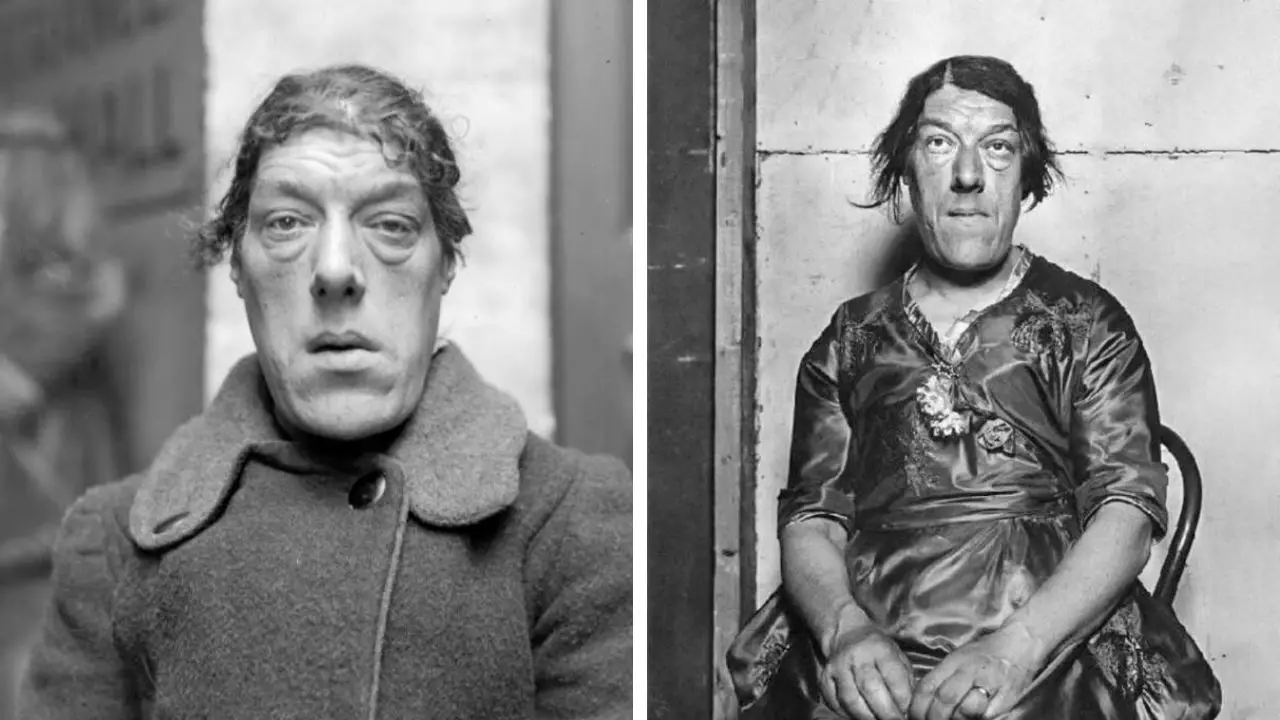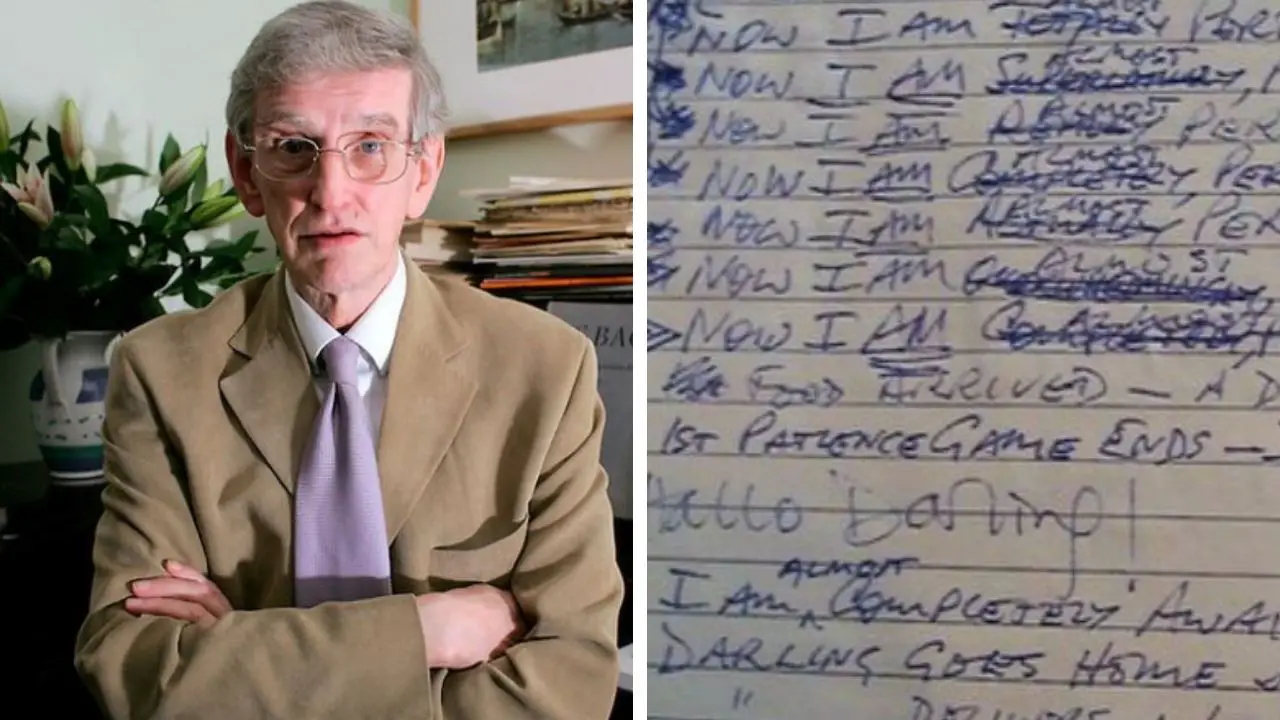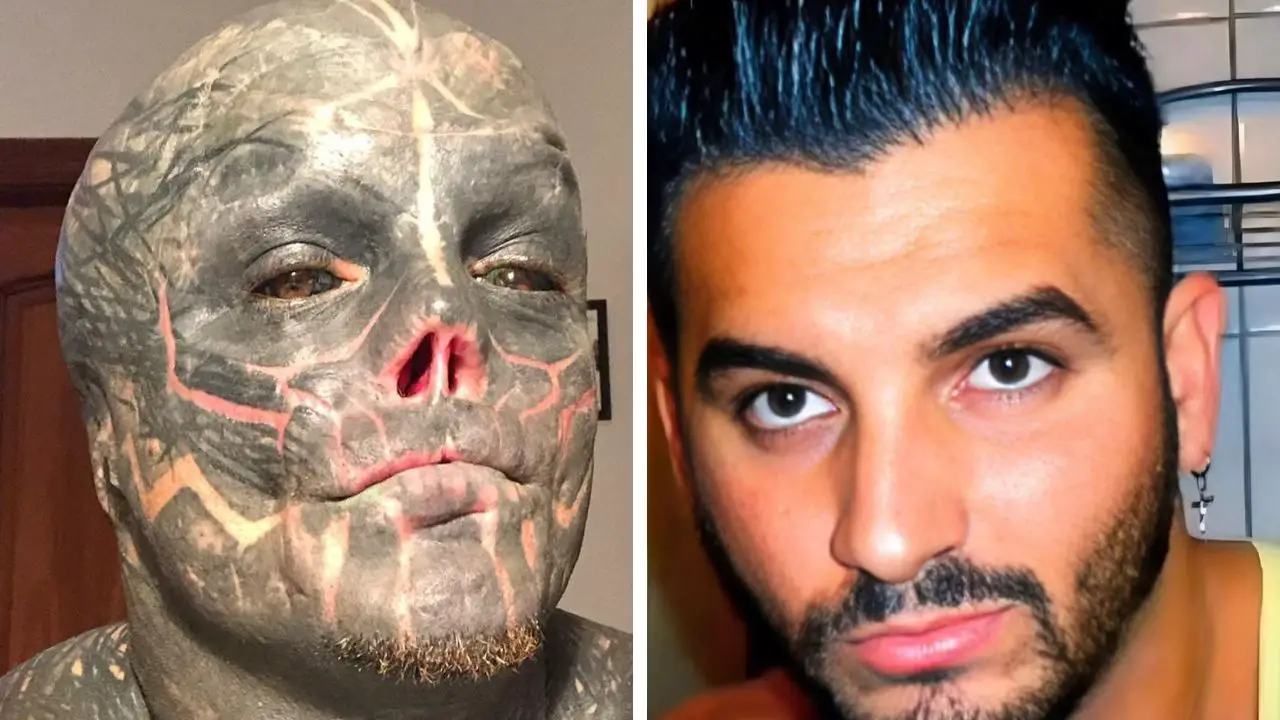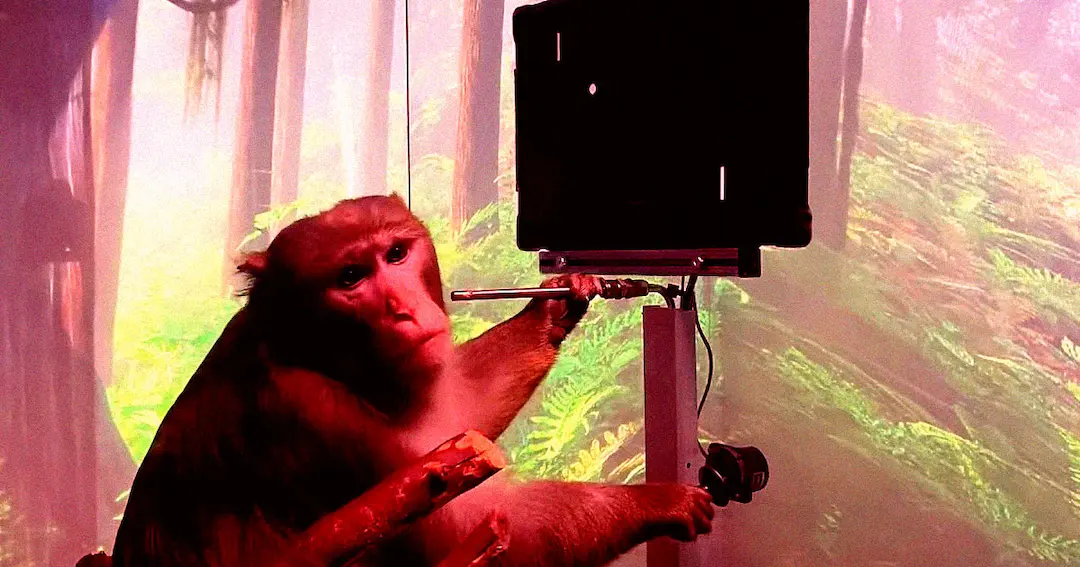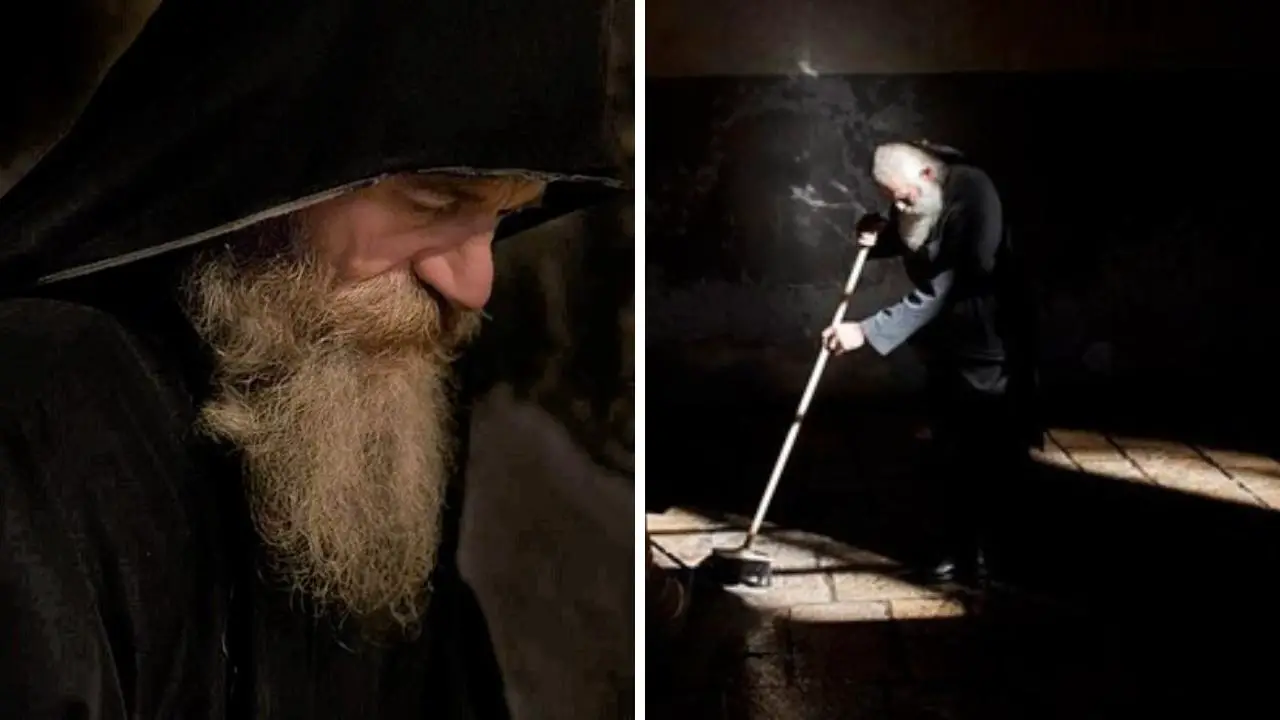Russian researcher drills into skull, implants chip to control lucid dreams
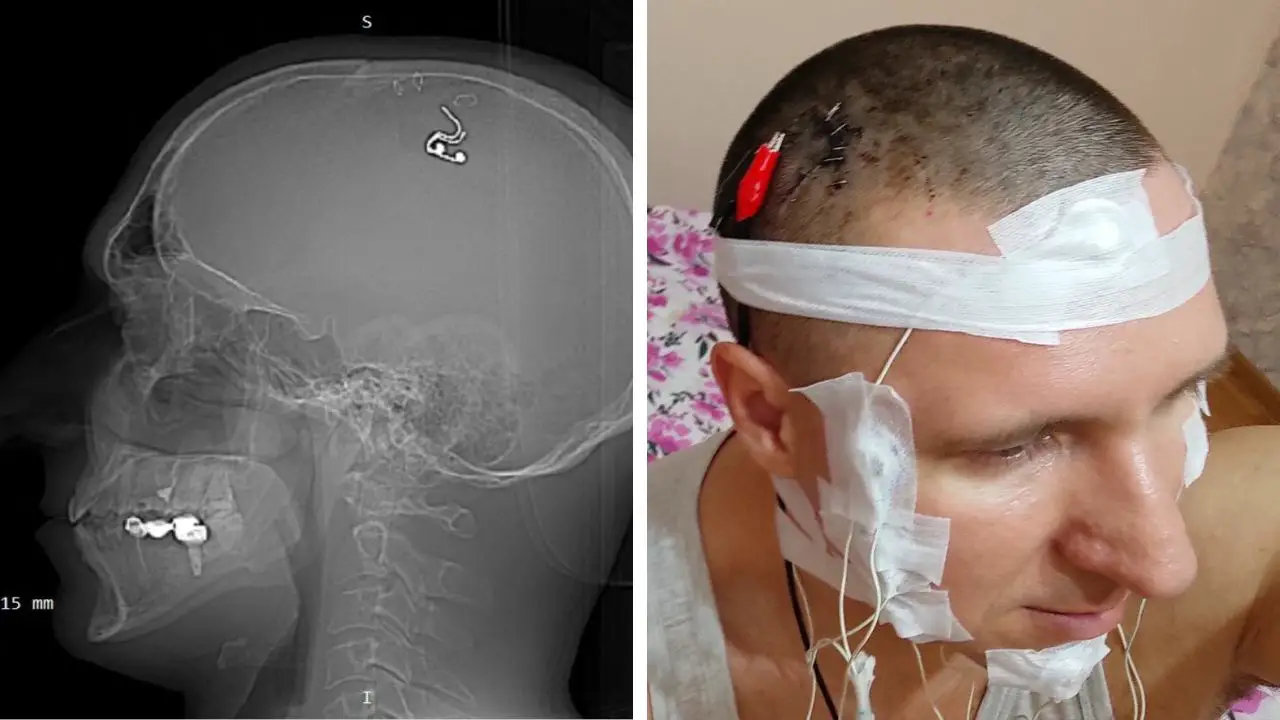
- Michael Raduga conducted DIY brain surgery in 2023 to embed an electrode for REM sleep stimulation.
- The procedure caused severe blood loss, leading to hospitalization and chip removal after one month.
- His work has spurred advancements, including claimed two-way dream communication in 2024.
Imagine realizing you are dreaming and then reshaping that dream world at will— a phenomenon that 55 percent of people have encountered at least once in their lifetime.
This captivating ability, known as lucid dreaming, drew Michael Raduga into a daring self-experiment that blurred the lines between science and recklessness.
Raduga, a 42-year-old researcher born in the remote Siberian town of Akademgorodok in 1983, has spent decades probing the mysteries of REM sleep and neural interfaces.
His childhood in the post-Soviet era, marked by economic hardship and isolation, sparked an early fascination with escaping reality through dreams.
By age 16, he claims to have mastered techniques for inducing out-of-body experiences, which he later unified under the concept of “The Phase”—a term encompassing lucid dreams, astral projections, and sleep paralysis states where the brain perceives illusions as vividly as waking life.
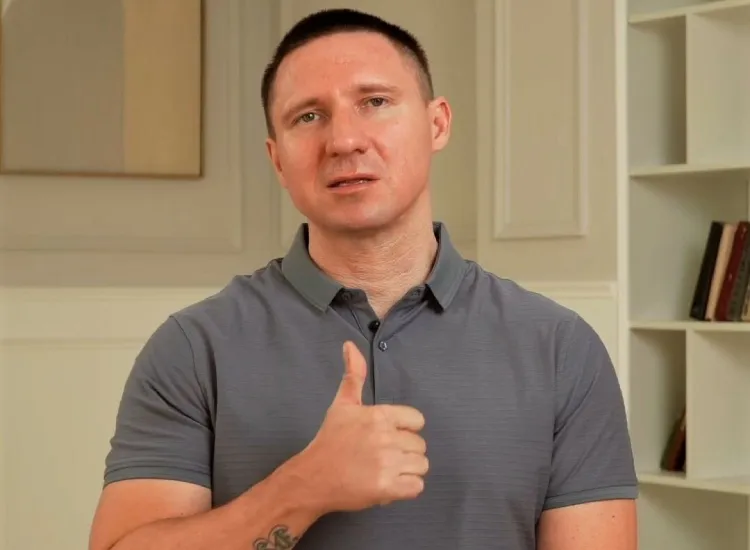
Raduga’s journey took him from self-publishing guides in Moscow to international recognition.
In 2007, he founded the Phase Research Center, an organization dedicated to studying these altered states.
He relocated to Los Angeles between 2011 and 2013 for experiments suggesting that religious visions and alien abduction reports might stem from unmanaged lucid episodes.
His books, including “The Phase,” have sold thousands worldwide, teaching methods like waking during REM cycles—typically occurring 90 minutes after falling asleep—and using visualization to re-enter dreams with awareness.
These techniques reportedly boost creativity and problem-solving, with studies showing practitioners can rehearse skills like public speaking in dreams, improving real-world performance by up to 20 percent.
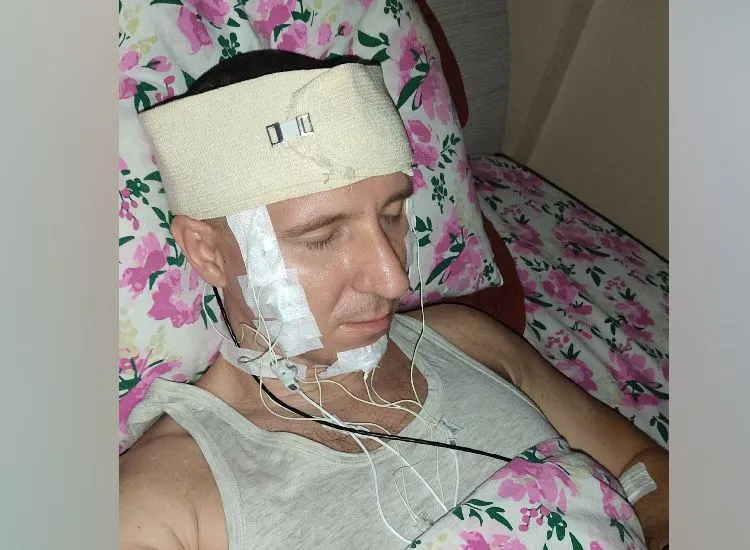
But Raduga sought more than mental exercises. He envisioned direct brain manipulation to unlock consistent control over this subconscious realm.
In 2022, amid geopolitical tensions, he moved to Almaty, Kazakhstan, where he prepared for his most extreme test.
Drawing inspiration from neurosurgical videos on platforms like YouTube, he acquired a household drill and platinum-iridium electrode.
On May 17, 2023, alone in an apartment, he proceeded with trepanation—a procedure involving skull perforation historically used in ancient cultures for spiritual purposes but now reserved for licensed medical settings.
The operation targeted the motor cortex, the brain region governing voluntary movements.
Raduga held back skin with paper clips, drilled a small hole at the back of his head, and inserted the electrode to deliver mild electrical pulses.
His goal was to stimulate neural activity during REM sleep, potentially influencing dream narratives or triggering lucidity on demand.
He documented the process with photos shared on social media, showing bloodied tools and an X-ray of the implant.
“I bought a drill, drilled a hole in my head and implanted an electrode in my brain,” he posted, emphasizing the experiment’s aim to test stimulation during lucid dreams and sleep paralysis.
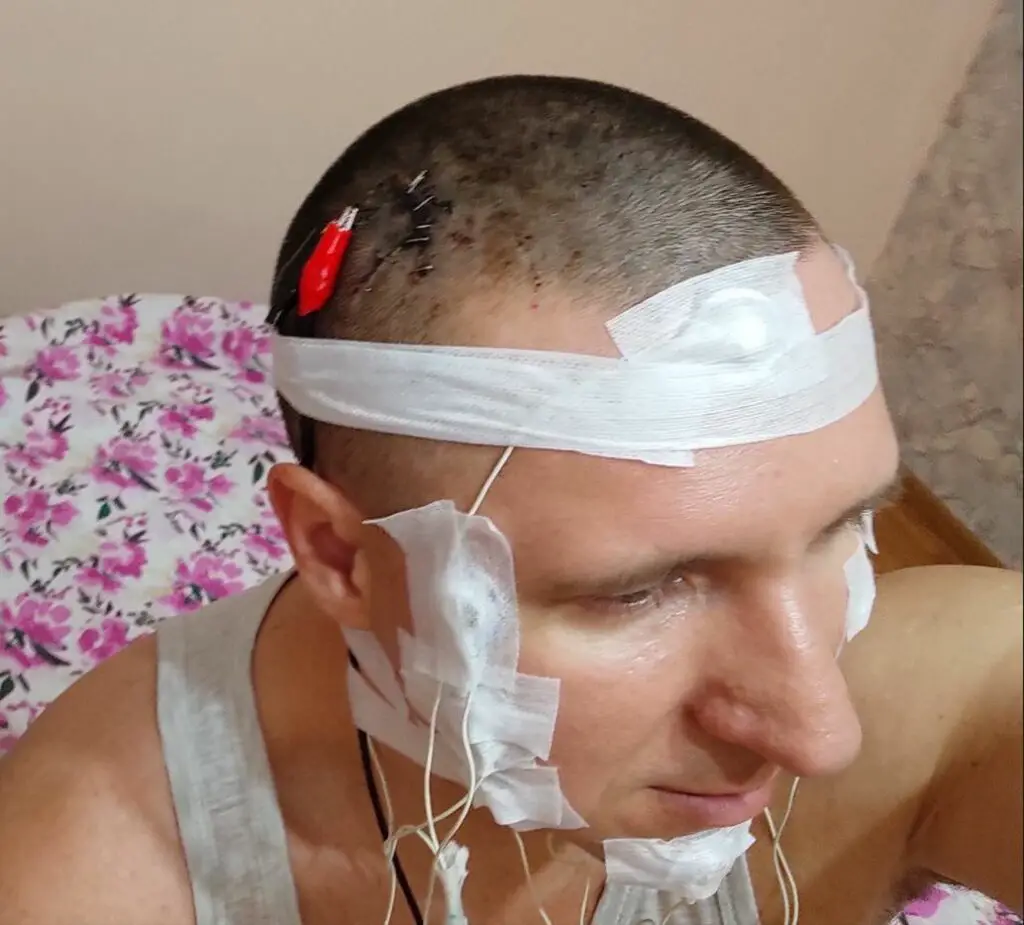
What followed tested the limits of human endurance. During trials, the implant caused involuntary finger twitches on his left hand when activated in REM phases, confirming cortical response without waking him.
Yet, it failed to induce the desired dream control, instead evoking sensations like objects slipping from his grasp in virtual scenarios.
More alarmingly, complications arose. Excessive bleeding from the site led to hypovolemic shock, a condition where blood volume drops critically, affecting 1 in 500 surgical patients even under professional care.
Raduga lost consciousness and required emergency hospitalization.
Doctors removed the chip approximately one month later, on June 20, 2023, as he quipped in a post from the neurosurgery ward: “They say that in order to start a new stage of life, you first need to free your head.”
BRAIN IMPLANT FOR LUCID DREAMING
— Michael Raduga (@MichaelRaduga) June 28, 2023
For the first time in history, we conducted direct electrical stimulation of the motor cortex of the brain during REM sleep, lucid dreams, and sleep paralysis. The results open up fantastic prospects for future dream control technologies. pic.twitter.com/qypqV6ntyV
Despite the setback, Raduga viewed the ordeal as a proof-of-concept.
“I am glad I survived but I was ready to die,” he stated, highlighting potential applications for paralyzed individuals who could access boundless experiences in lucid states—such as virtual mobility or sensory indulgences denied in waking life.
The incident drew global scrutiny, with experts warning against such unregulated biohacking.
Brain implants, like those developed by companies such as Neuralink, carry risks including infection rates of 3 to 5 percent and hemorrhage in 1 percent of cases, according to medical data.
Raduga, lacking formal medical training, practiced on sheep skulls beforehand, but human anatomy proved unforgiving.
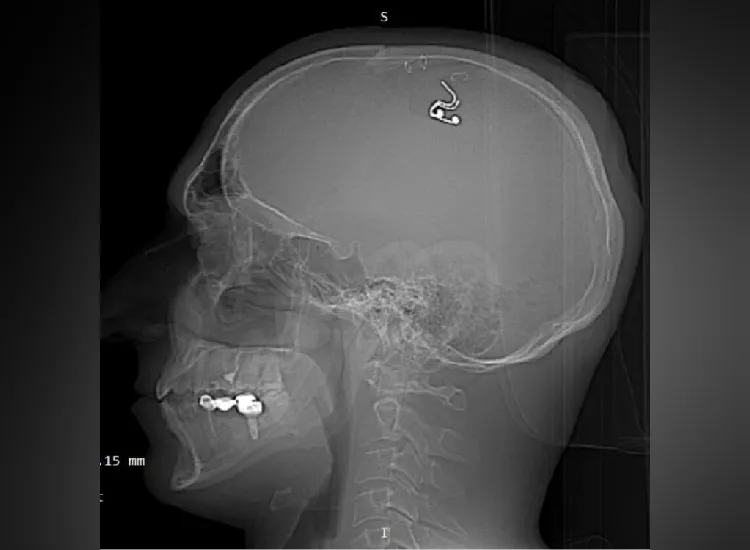
Undeterred, Raduga secured a U.S. green card in 2023 and rebranded his center as REMspace Inc., a Silicon Valley startup focused on commercializing REM sleep technologies.
By September 2024, the company announced a milestone: the first documented two-way communication between lucid dreamers.
In controlled tests, one participant vocalized a random word in a dream, which sensors transmitted to another sleeper, who confirmed it upon waking.
This used electromyography (EMG) to detect subtle facial muscle signals, bypassing traditional speech barriers in atonia—the muscle paralysis of REM that prevents dream enactment.
REMspace’s innovations extend further. The Remmyo system enables real-time messaging via predefined muscle codes, allowing dreamers to “text” from sleep.
Another device, the LucidMe sleep mask, launched by December 2024 for $148, employs AI to monitor eye movements and breathing patterns.
It delivers audio cues or vibrations during optimal REM windows, claiming to increase lucid dream induction success from a baseline of 11 percent monthly experiences to higher rates with practice.
Early users report mixed results, with some achieving awareness in 75 dreams over six months, aligning with data on frequent practitioners.
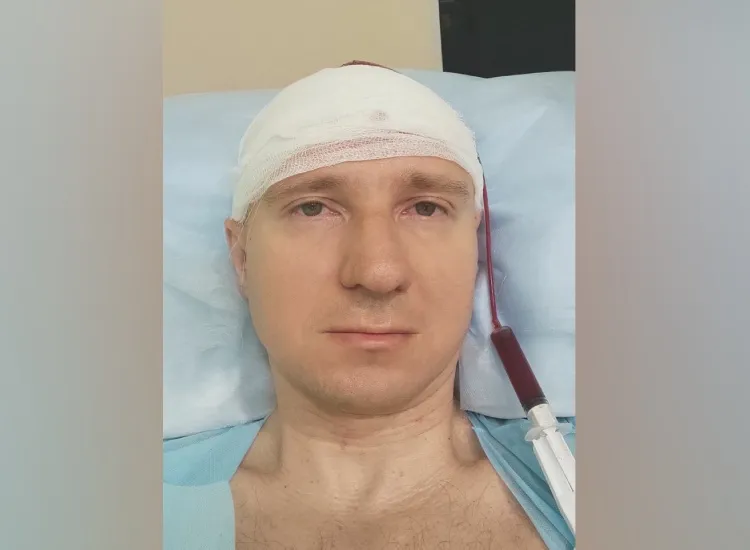
These advancements tap into a growing field. Lucid dreaming’s prevalence varies: 23 percent of individuals report monthly occurrences, while frequent users exhibit enhanced functional connectivity in frontal brain regions, per neuroimaging studies.
Benefits include nightmare resolution—reducing chronic bad dreams in 80 percent of PTSD sufferers through rehearsal—and boosted metacognition, the awareness of one’s thoughts.
However, risks loom, such as inducing dysphoric states where control slips into terror, or sleep fragmentation leading to daytime fatigue in 15 percent of heavy practitioners.
| Lucid Dreaming Key Statistics | Figure |
|---|---|
| Lifetime prevalence | 55% |
| Monthly frequency | 23% |
| Nightmare reduction success | 80% in PTSD cases |
| Brain connectivity increase | Enhanced in frontal regions for frequent users |
| Induction success with tech | Up to 20% improvement over baseline |
Raduga’s vision pushes boundaries. He predicts REM technologies will rival AI in ubiquity, enabling sponsored content in dreams—much like a 2011 beer brand’s attempt to plant ads via targeted stimuli.
Therapeutic potentials intrigue: visualizing phobias in controlled lucid environments could accelerate exposure therapy, with pilot studies showing 30 percent faster anxiety reduction.
For locked-in syndrome patients, neural interfaces might restore communication, decoding dream signals at rates exceeding 70 percent accuracy in lab settings.
Yet questions persist. How might intellectual property apply to ideas born in sponsored lucid realms?
Could hackers infiltrate sleep paralysis episodes, turning rest into vulnerability?
Raduga’s self-experiment, while controversial, ignited these debates, drawing investors to REMspace’s pursuits.
His latest trials explore controlling external devices from dreams, like steering virtual cars or activating household appliances—demonstrated in August 2024 when a dreamer switched on a kettle via thought alone.
Lucid Dreaming – Top 10 New Discoveries
As Raduga forges ahead, blending biohacking with entrepreneurship, one wonders what untapped powers lie in the 90 minutes of nightly REM each person averages.
Will everyday users soon embed chips for on-demand adventures, or will ethical hurdles confine such feats to labs?
The line between dream and reality thins with each breakthrough, leaving the world to ponder the next twist in this neural odyssey.




